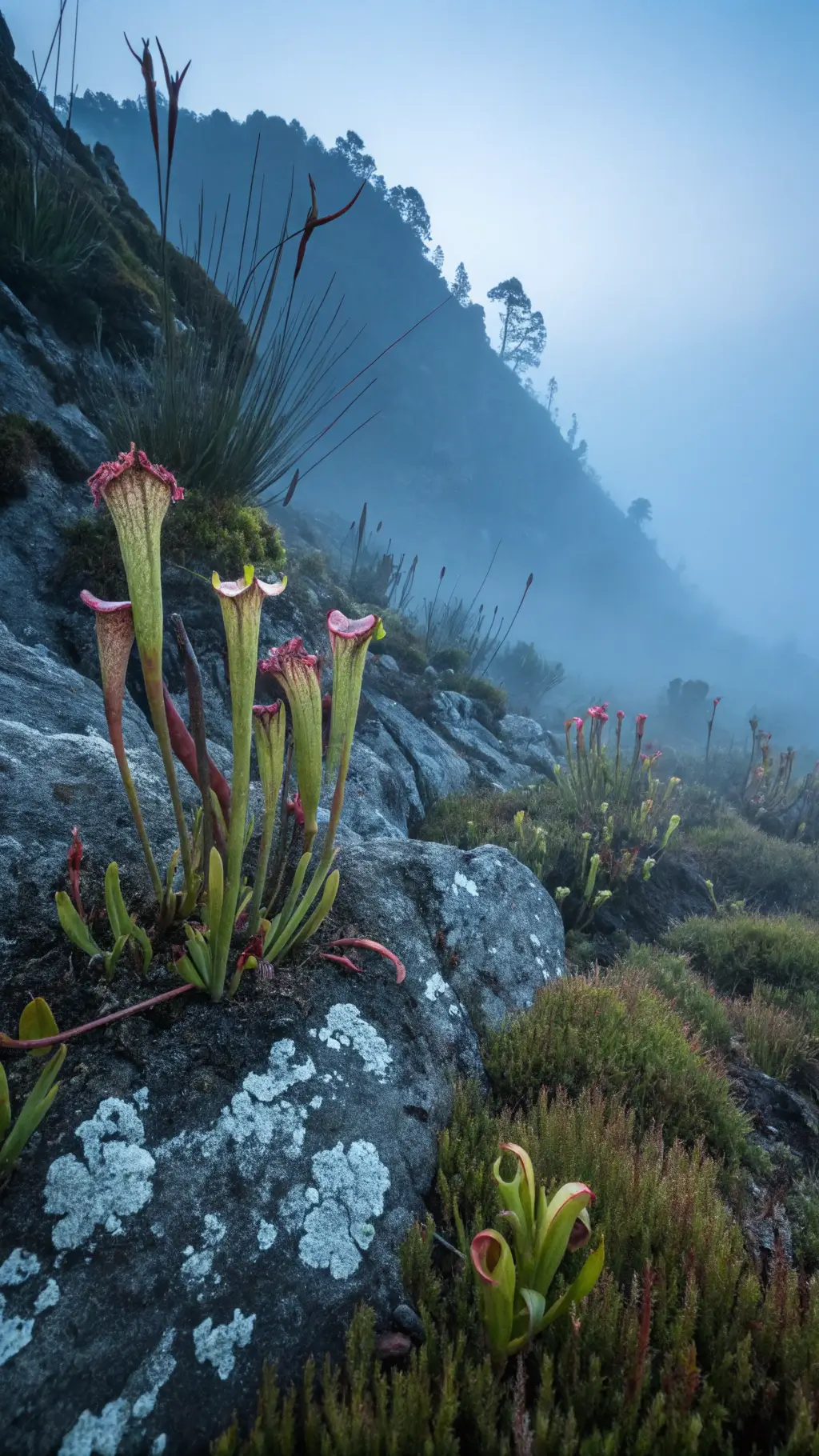Hey there, plant enthusiasts!
I’ve been growing pitcher plants for over a decade, and let me tell you – these fascinating carnivores never cease to amaze me.
Have you ever wondered how a plant can actually eat insects? Well, buckle up because we’re diving deep into the mysterious world of pitcher plants!
The Amazing Pitcher Plant Families
Let’s break down these carnivorous beauties into their main families (trust me, it’s simpler than it sounds):
1. The Tropical Stunners (Nepenthaceae)
- Single genus: Nepenthes
- Over 170 species (yes, really!)
- Found in Southeast Asia, Madagascar, and Australia
- My personal favorite: Nepenthes truncata with its massive pitchers
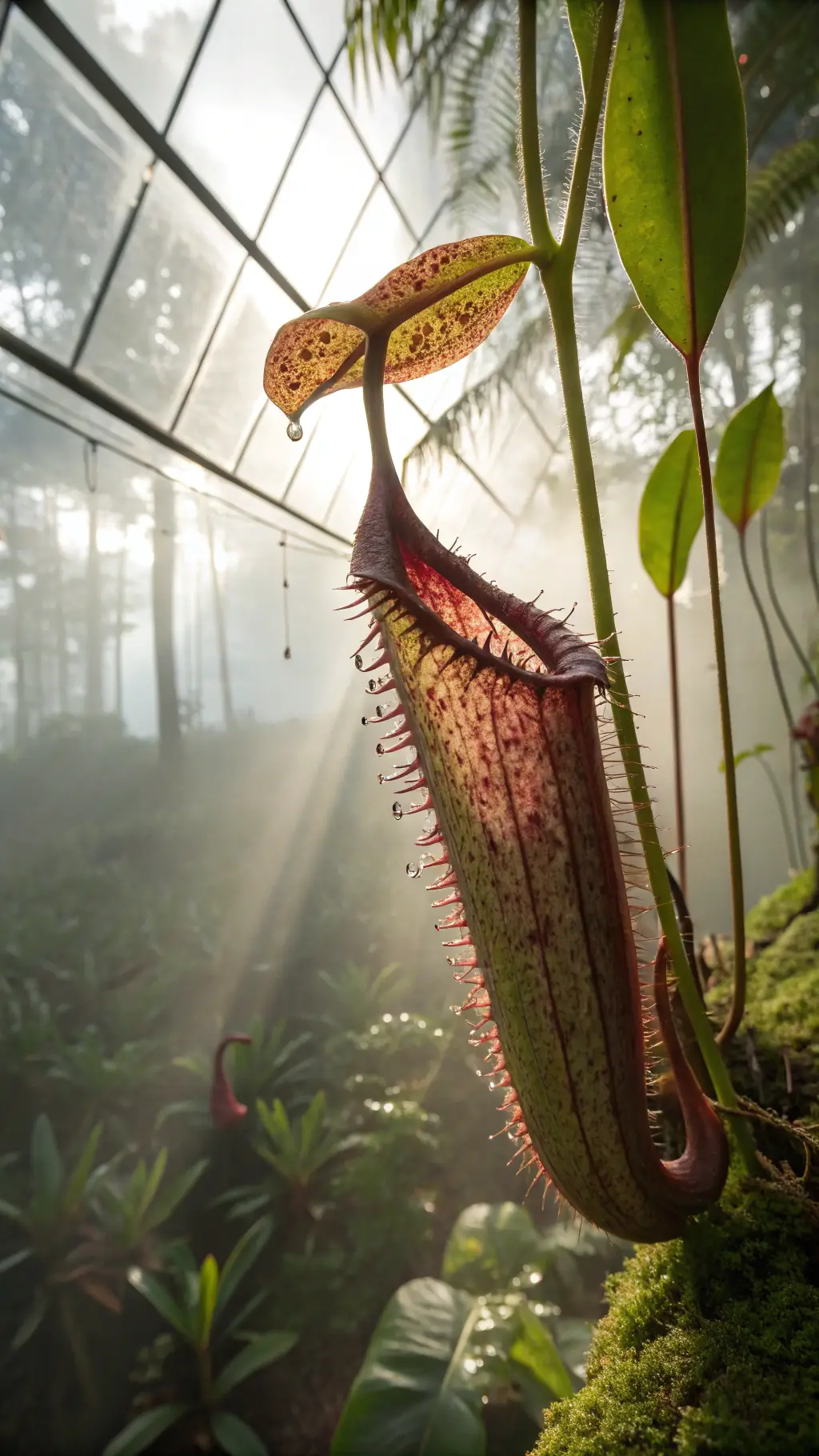
2. The American Crew (Sarraceniaceae)
North American Stars:
- Sarracenia genus (8-11 species)
- Must-see varieties:
- Purple pitcher plant (Sarracenia purpurea)
- Yellow pitcher plant (Sarracenia flava)
- White pitcher plant (Sarracenia leucophylla)
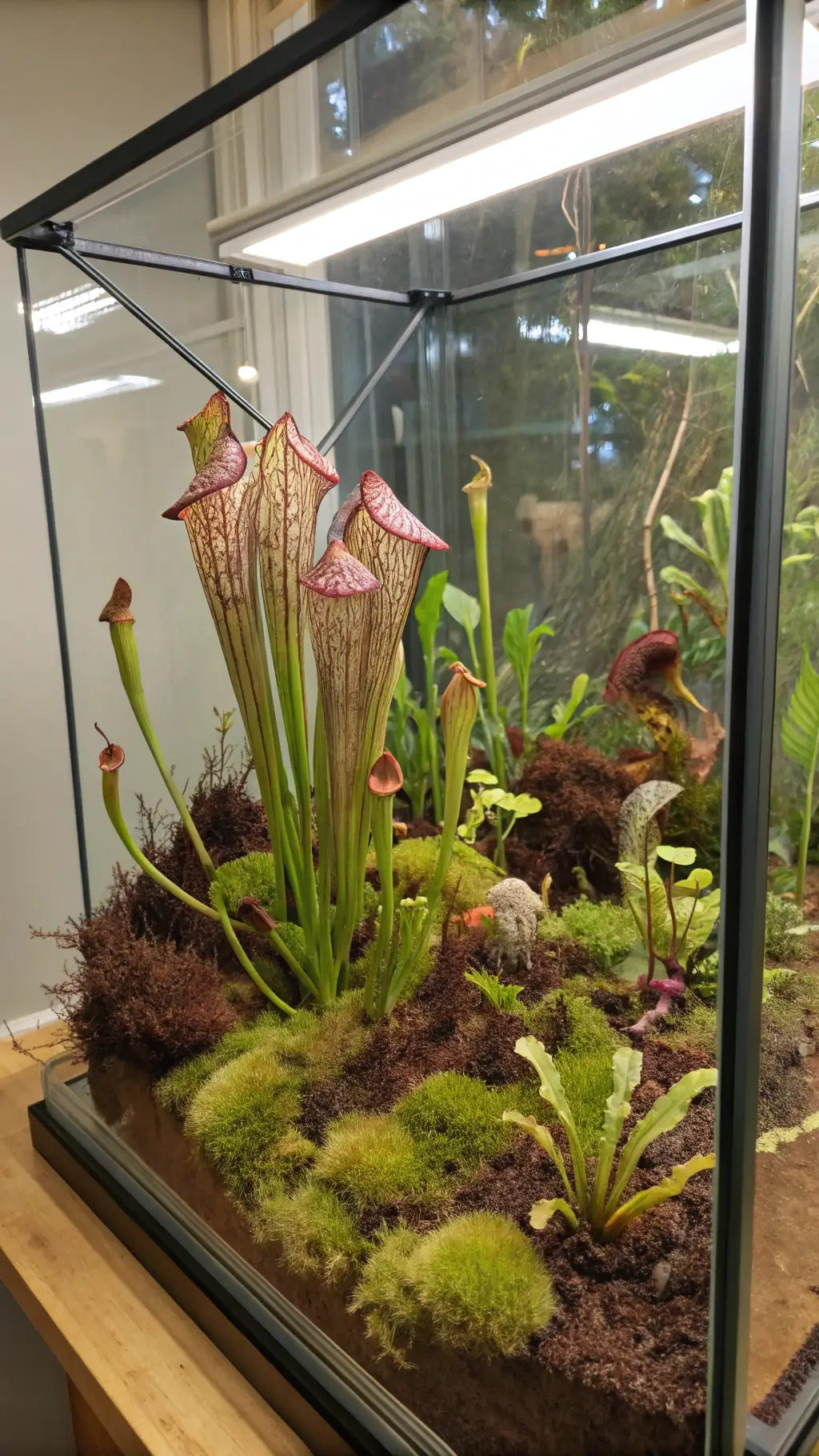
South American Gems:
- Heliamphora (23 species)
- The lone wolf: Darlingtonia californica (cobra lily)
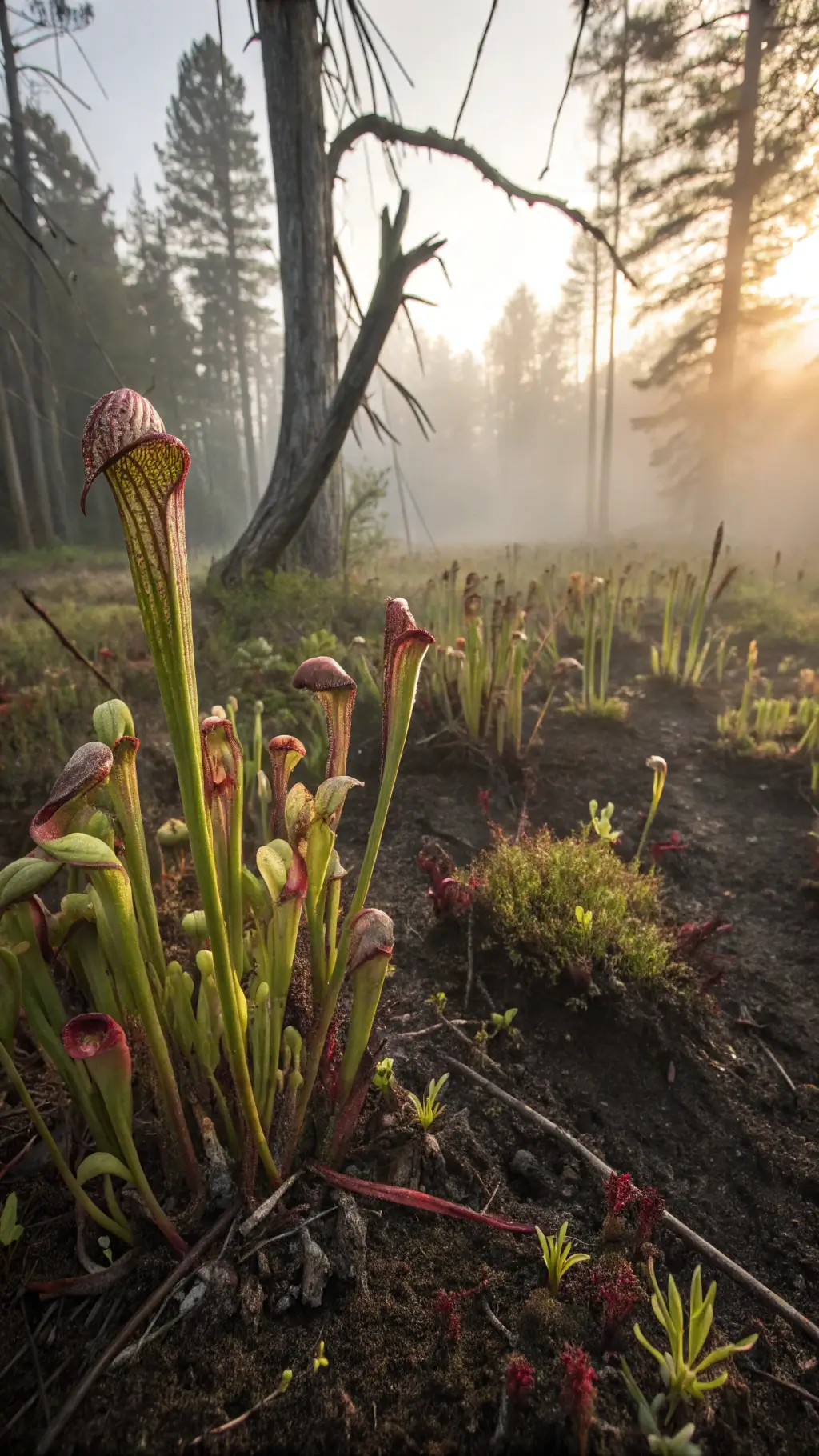
3. The Aussie Icon
- Cephalotus follicularis (Australian pitcher plant)
- Compact but mighty!
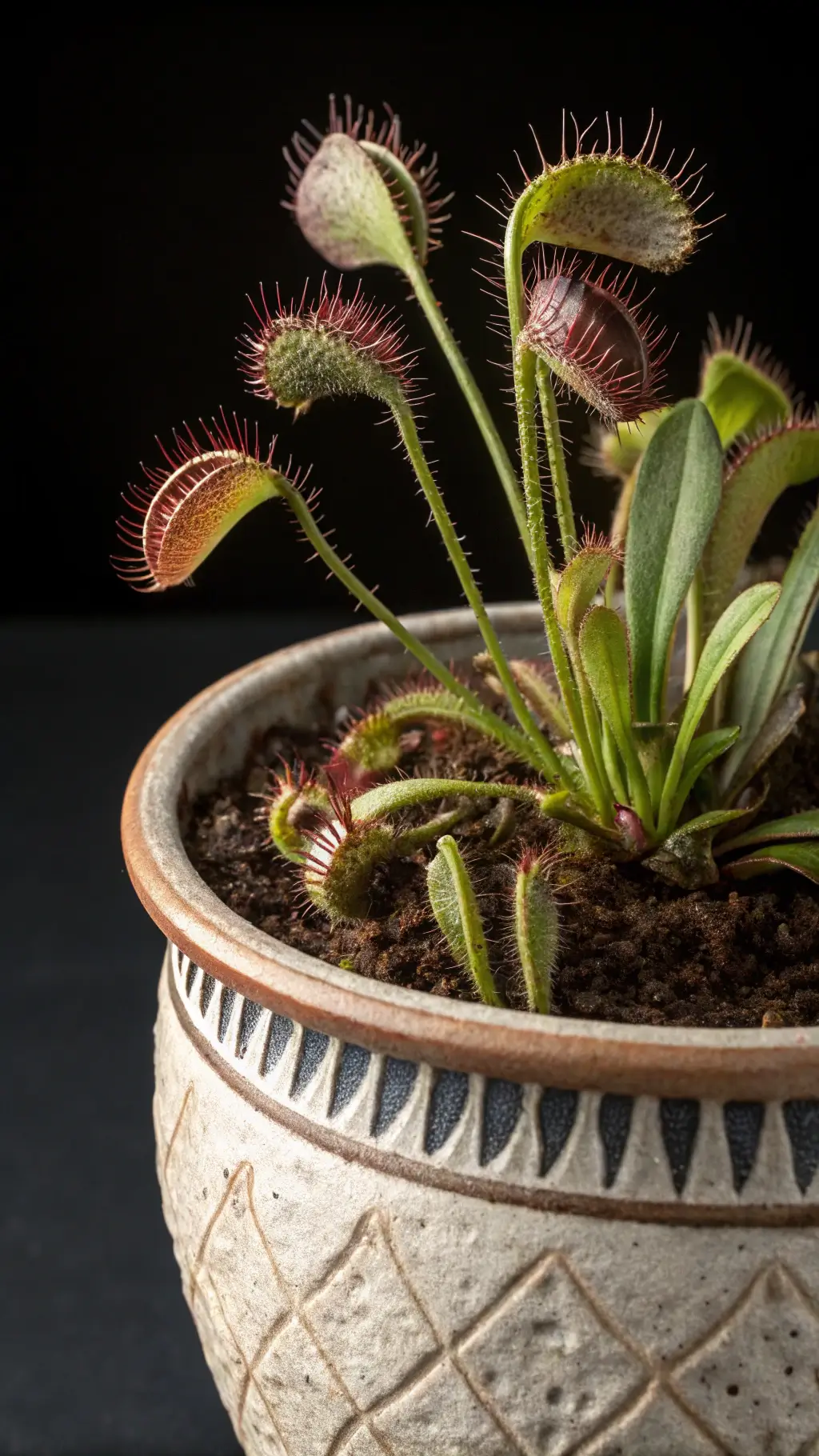
How These Plants Hunt (Yes, They Actually Hunt!)
I’ll never forget watching my first pitcher plant catch its prey. Here’s what happens:
- They produce sweet nectar around the rim
- Insects come for the sugar rush
- Slip and fall into the pitcher
- Get trapped in digestive fluid
- Plant absorbs nutrients
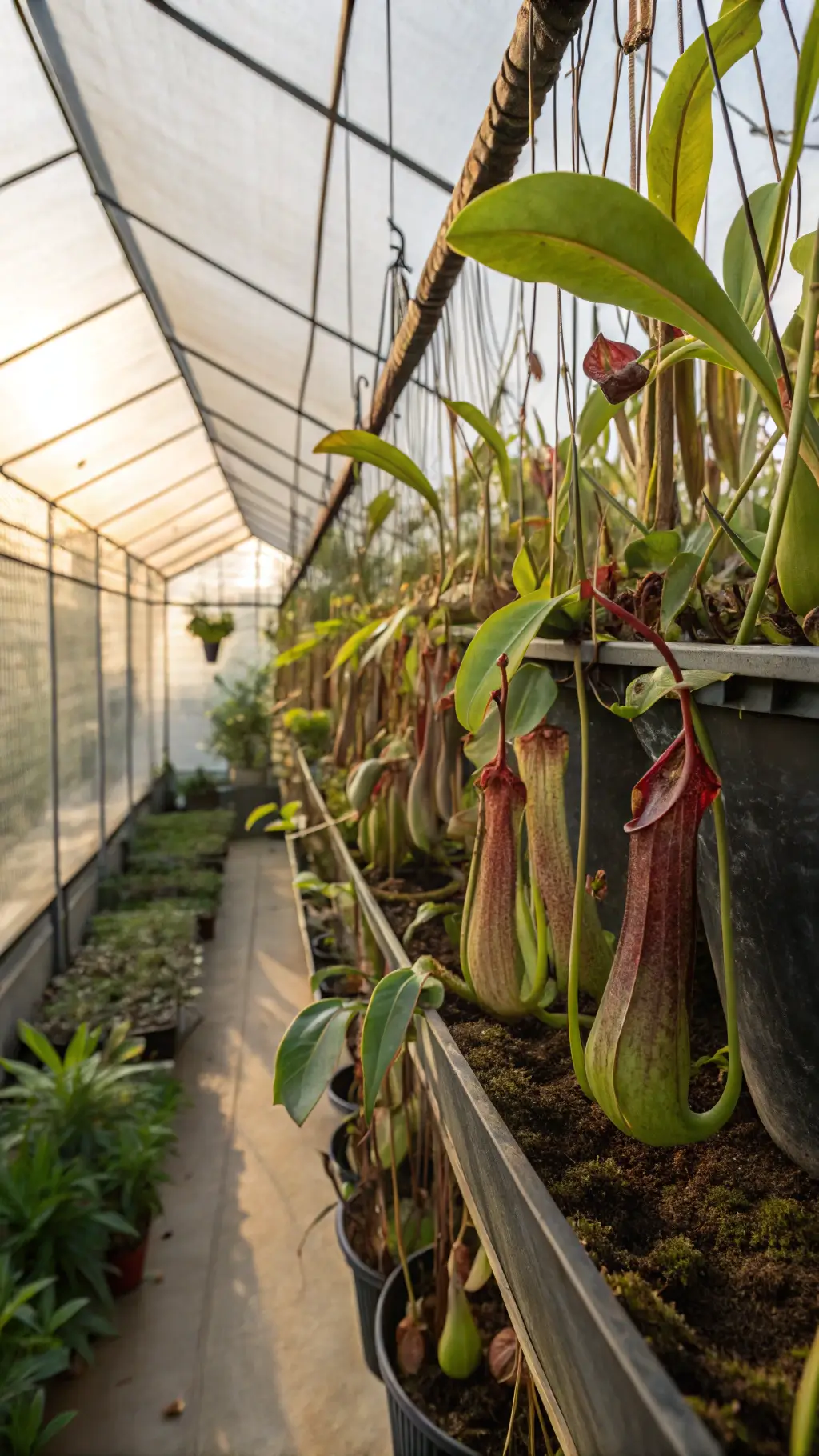
Conservation Alert!
Here’s something that keeps me up at night – many pitcher plants are endangered. Why?
- Habitat destruction
- Over-collection from the wild
- Climate change
What You Can Do:
- Buy from reputable nurseries
- Never collect from the wild
- Support conservation efforts
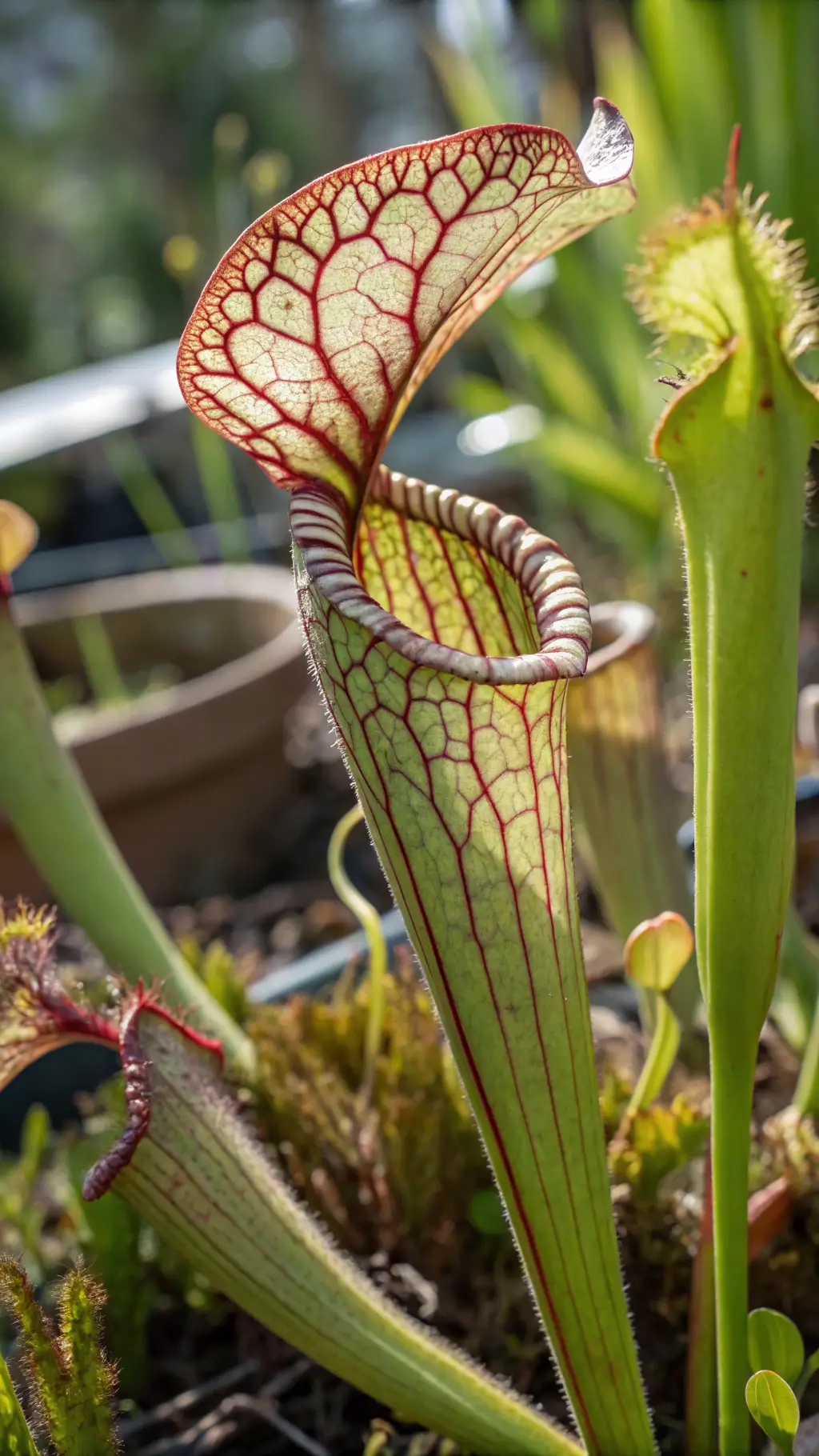
Growing Tips From My Experience
After years of trial and error, here’s what works:
- Most species love high humidity
- Use distilled or rain water
- Never fertilize the soil
- Provide bright, indirect light
- Keep soil consistently moist
Remember: Each species has specific needs, so research your particular plant!
